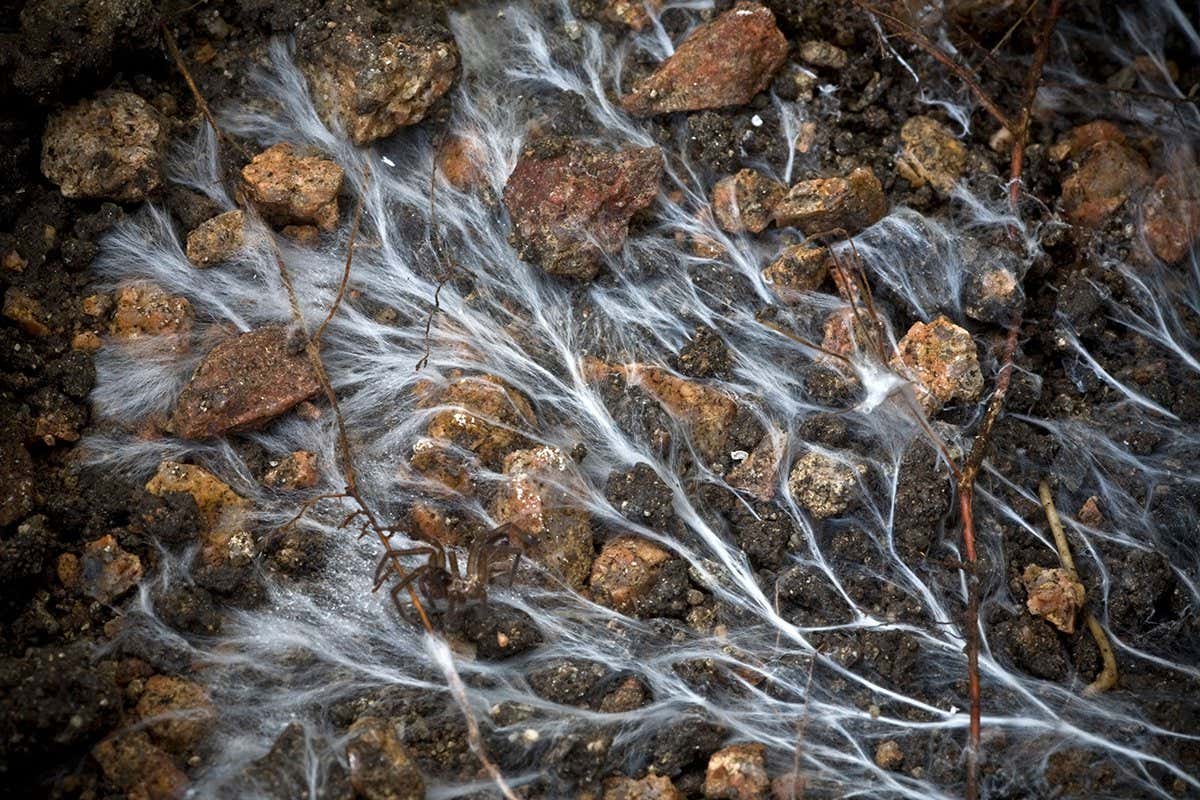Soil Fungi Enhance Tree Carbon Storage Capacity: A Groundbreaking Discovery
Introduction:
The fight against climate change hinges on effective carbon sequestration strategies. A recent groundbreaking study reveals a crucial, often overlooked player in this fight: soil fungi. Research indicates that specific types of soil fungi significantly enhance the capacity of trees to store carbon, offering a promising avenue for mitigating climate change. This discovery could revolutionize our understanding of forest ecosystems and inform future carbon management strategies.
The Role of Mycorrhizal Fungi:
The research focuses primarily on mycorrhizal fungi, a type of fungi that forms symbiotic relationships with tree roots. These fungi essentially act as an extension of the tree's root system, greatly increasing its surface area for nutrient and water uptake. However, the study highlights a less-known aspect of this relationship: the significant role mycorrhizal fungi play in carbon sequestration.
How Fungi Boost Carbon Storage:
The study demonstrates that certain mycorrhizal fungi, particularly those forming ectomycorrhizal associations (ECM), are particularly effective at enhancing carbon storage. This happens through several mechanisms:
- Increased Root Biomass: ECM fungi stimulate the growth of tree roots, leading to a larger root system capable of capturing and storing more carbon.
- Improved Carbon Transfer: The fungal network facilitates the transfer of carbon from the tree to the soil, where it's stored in stable organic matter. This process is significantly more efficient with certain fungal species.
- Enhanced Soil Structure: Mycorrhizal fungi improve soil aggregation, creating a more stable soil structure that retains carbon more effectively. This prevents carbon from being released back into the atmosphere as carbon dioxide.
- Protection Against Decomposition: The fungal hyphae (thread-like structures) protect organic matter from decomposition, slowing down the release of carbon back into the atmosphere.
Implications for Climate Change Mitigation:
This discovery has significant implications for climate change mitigation strategies:
- Forest Management: Understanding which fungal species are most effective at enhancing carbon storage allows for targeted forest management practices. This might include promoting the growth of specific fungal species or adjusting forestry practices to foster beneficial fungal communities.
- Reforestation Efforts: Integrating knowledge about mycorrhizal fungi into reforestation projects can significantly improve the carbon sequestration potential of newly planted forests. Selecting tree species known to associate with high-performing ECM fungi could greatly enhance carbon storage capacity.
- Carbon Accounting: The role of soil fungi needs to be incorporated into more accurate carbon accounting models. This will provide a more realistic assessment of the carbon sequestration potential of forest ecosystems.
Further Research and Future Directions:
While this research is highly promising, further studies are needed to fully understand the complexities of this fungal-tree interaction. Future research should focus on:
- Species Specificity: Investigating the specific roles of different mycorrhizal fungal species in carbon sequestration.
- Environmental Factors: Determining how environmental factors, such as climate change and soil conditions, affect the effectiveness of mycorrhizal fungi in carbon storage.
- Scalability: Assessing the potential for scaling up these findings to large-scale carbon sequestration projects.
Conclusion:
The discovery that soil fungi significantly enhance tree carbon storage capacity offers a new and exciting approach to climate change mitigation. By understanding and leveraging the power of mycorrhizal fungi, we can significantly improve the effectiveness of our carbon sequestration strategies and contribute to a healthier planet. This research underscores the importance of considering the intricate relationships within ecosystems when developing strategies to combat climate change. Further research and application of these findings are crucial for achieving global climate goals.
Keywords: Soil Fungi, Mycorrhizal Fungi, Carbon Sequestration, Climate Change, Ectomycorrhizal Fungi, Forest Management, Reforestation, Carbon Accounting, Ecosystems, Climate Change Mitigation.

